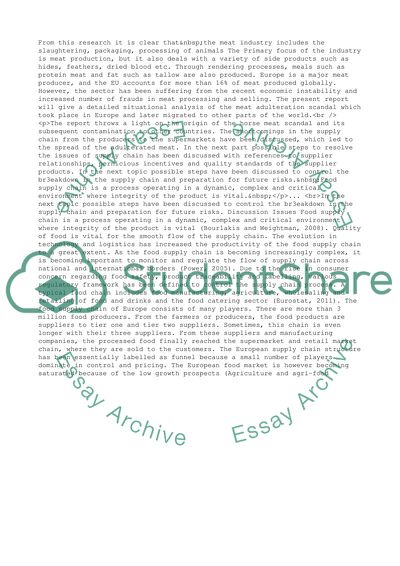Cite this document
(“Horse Meat Global Supply Chain Management Essay”, n.d.)
Retrieved from https://studentshare.org/business/1476906-global-supply-chain-management
Retrieved from https://studentshare.org/business/1476906-global-supply-chain-management
(Horse Meat Global Supply Chain Management Essay)
https://studentshare.org/business/1476906-global-supply-chain-management.
https://studentshare.org/business/1476906-global-supply-chain-management.
“Horse Meat Global Supply Chain Management Essay”, n.d. https://studentshare.org/business/1476906-global-supply-chain-management.


